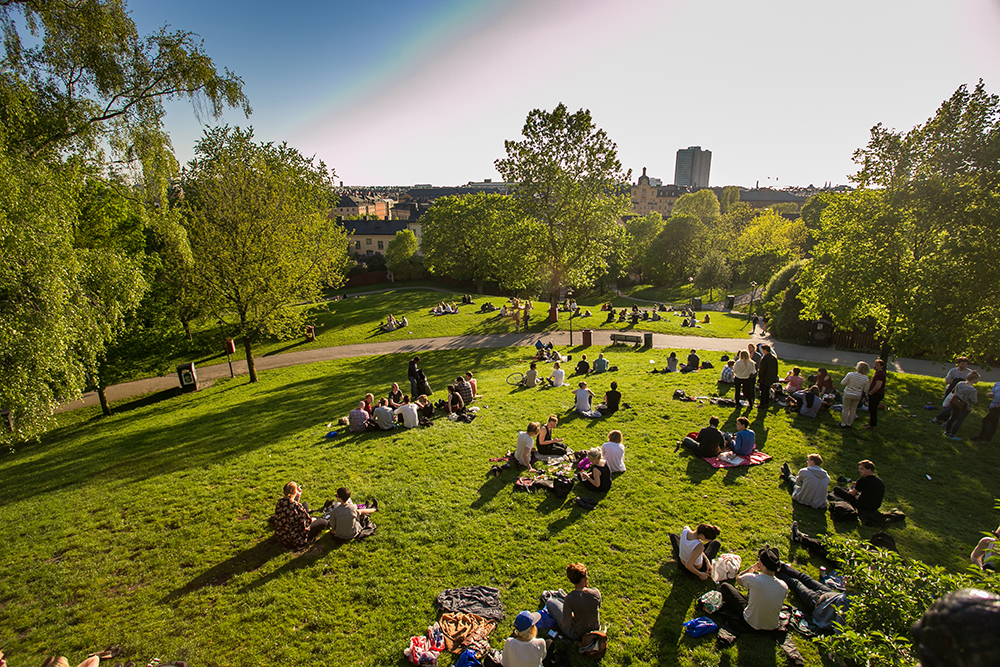Healthy greenery – a matter of justice

Health in focus
Access to green space is important for both mental and physical well-being. But is it equally available to everyone? Sara Borgström, KTH, together with colleagues at Stockholm University and the University of Helsinki, has for many years researched just access to green environments in cities.

Sara Borgström explains that the equity issues are about what accessibility is for different people, what barriers exist for different people's access and what kind of nature contributes to different people's health.
"Because we are all different," she poinints out.
As cities are becoming more densely populated, so is the urban nature. We expect urban nature to strengthen biodiversity. It mitigates environmental problems and climate change with negative impacts on human health, such as air pollution and extreme weather events. At the same time, more people want to use the same green spaces. This creates a risk of inequity between different groups and conflicts of interest.
The same type of environment, or use of the environment, does not contribute equally to everyone's health and well-being. Some may need a quiet moment, others a workout on rough terrain. Some people will take space while others may feel pushed aside.
More than proximity
If you want to have a picnic but 'your' green space is a golf course, or if you want to go sledding and green space near you is a cemetery, you may not actually have access to a greenery.
Having access to the nature you need becomes an issue of justice when many people have to compete for few areas. And accessibility is more than just proximity, emphasises Sara Borgström. If your local nature is unavailable to you, you don't really have access to it, even if the distance is small.
Barriers to people's connection with nature can be physical or economic. But it can also be about knowledge, confidence and previous experience, and about formal or informal rules that are perceived to be linked to a place.
If you are a wheelchair user, for example, you may need to know whether the paths are icy, whether road barriers are raised and whether the toilets work. Someone who knows a lot about an area may find it much easier to visit than someone who is inexperienced. A person who is young and newly arrived in a country may experience many barriers. If someone with knowledge and experience provides support, these barriers can be overcome.
Finding space
"Human beings are biological creatures who need nature in their daily lives. If the city is our living environment, our habitat, then nature needs space in the city," says Sara Borgström.
So how does the city provide good outdoor environments for children, seniors, peace and quiet, running and movement, and biodiversity? Recreational beaches, motocross tracks and wetlands. Cemetery, frisbee golf course and cultural landscape. Bird watching and interval training.
Multi-functionality is a solution that is often mentioned for the greenery that remains in a dense city. But there are both ecological and social limits to the uses that work together. Several different parks and green spaces are needed for different functions. There is not room for everything in one place.
Text: Jenny Rosen
